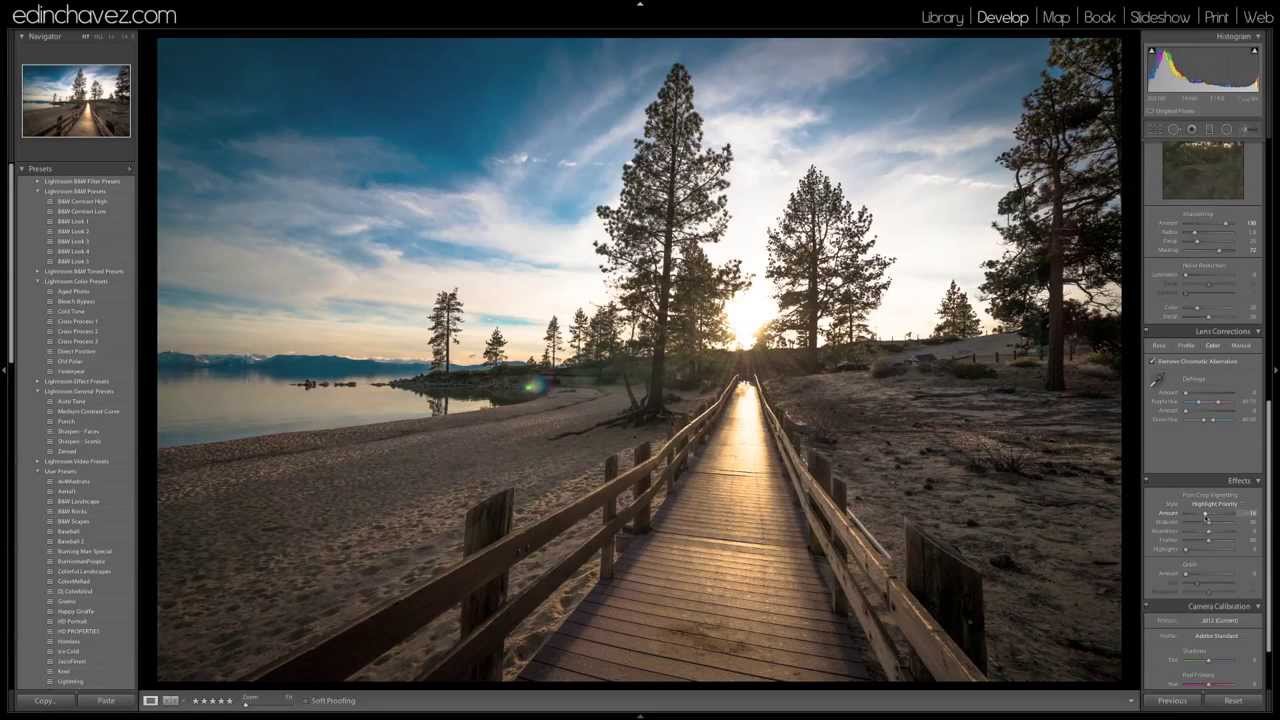Carpets of colourful wildflowers offer photographers a wonderland of opportunities filled with colour and contrast. There is also the scope to explore a range of techniques, such as macro and panoramic photography. So when spring has sprung, pack your digital cameras and consider the following advice as you head out of the suburbs and into the country in search of images that will take pride of place in your portfolio.

Make sure you plan ahead
It’s no point assuming when and where the wildflowers are going to be in full bloom, because you would hate to travel a long distance only to be disappointed. Do your research first and check the wildflowers have definitely sprung before jumping in the car. Depending where you live, the chances are you will have to travel a fair distance to get to the flowers, so ring tourist bureaus, local councils or contact wildflower tour groups first for information about the best places and when to go.
Try different approaches
The beauty of wildflower photography is that it provides the opportunity to use a whole range of different techniques. Landscapes are going to look especially impressive when there are fields of flowers. Consider the composition of landscape images. Quite often a barn in the background or a tractor in a field can add the required depth to enhance the image. Just remember that the wildflowers are the heroes of the shot, so don’t add too many other elements that could drown them out. Getting up close and personal portrait-style is also going to result in impressive images. Consider using a macro lense for the best results. Using a tripod when taking wildflower photos of any type is going to be a big plus as well. It will help you keep a steady hand and aid in composition.
Bright sunlight can be the enemy
It is best to wait for an overcast day as direct sunlight casts shadows and can generate bright highlights. This results in poor exposure and unimpressive images. Cloud cover is a natural light diffuser and helps to create balanced conditions. If it is a sunny day, wait for a cloud to come over for better lighting conditions. Consider using a flash to eliminate shadows – one that can be detached from the camera and moved around the subject to fill in the shadows is best.
Check your settings
Most brands, such as Canon cameras, come with automatic settings that are a great starting point. Check if your camera has macro or landscape settings and use them where appropriate. Note these settings and switch to manual control, tweaking the ISO and F stop. Review the images and see what is providing the best results. Don’t be scared to experiment and shoot lots, because you can always delete those that didn’t work later.
Care for the environment
Be careful not to step on the flowers or disturb their natural surroundings. Respecting nature should be at the forefront of your mind – it should look as though you were never there once you leave. Avoid touching the flowers or using props to keep them in place when the wind is blowing them as the flowers could be damaged and die. Failing to respect nature now could mean they won’t be around next year to photograph.










Comments